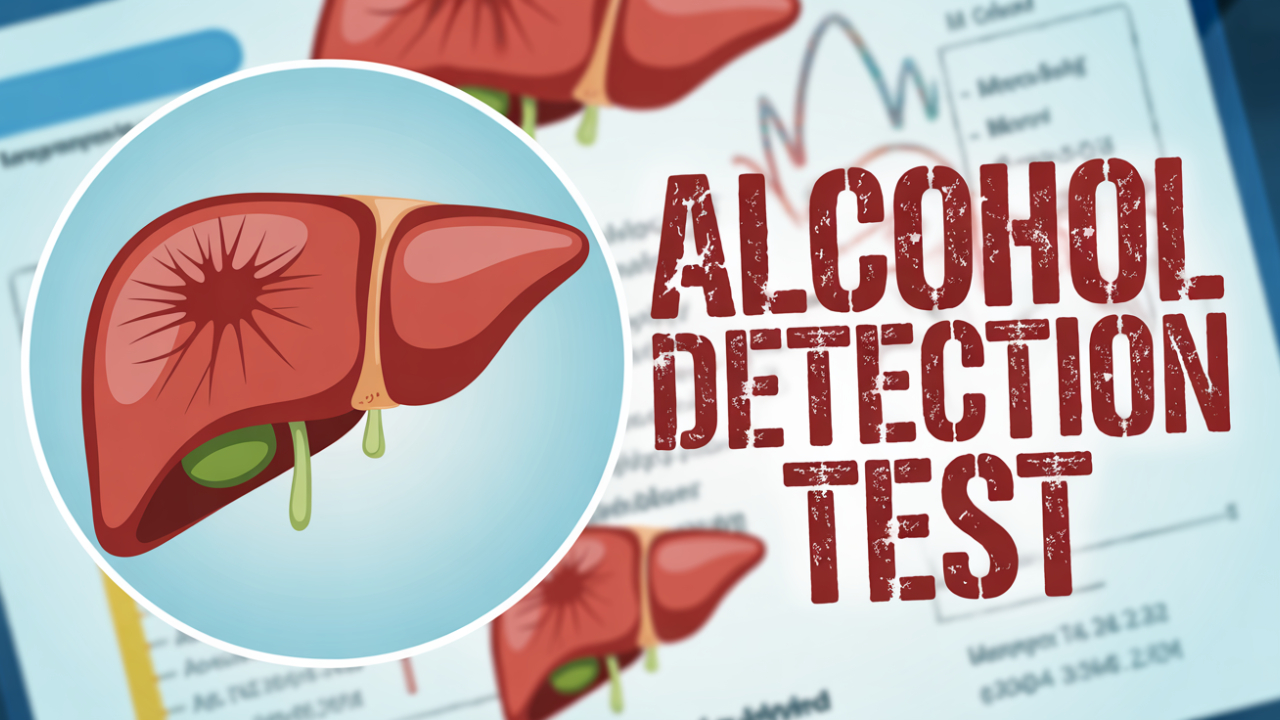What is Ethyl Glucuronide (EtG)?
The Ethyl Glucuronide Urine Test is a highly sensitive method for detecting recent alcohol consumption, even after ethanol has left the bloodstream. Ethyl Glucuronide (EtG) is a direct metabolite of ethanol—the intoxicating component in alcoholic beverages. Unlike ethanol, which is rapidly eliminated from the body, EtG lingers in urine for hours or even days, making it a powerful biomarker for recent alcohol consumption. Because it forms only in the presence of alcohol, its detection is highly valuable in the fields of health, recovery, and forensic testing.
Why Test for EtG in Urine?
Traditional alcohol tests often fail to detect drinking that occurred more than a few hours prior. The EtG urine test fills that gap by extending the detection window up to 80 hours or longer, depending on consumption patterns. It’s especially useful in clinical, forensic, and monitoring contexts where recent drinking must be confirmed or ruled out—particularly in individuals managing chronic disease or mental health conditions.
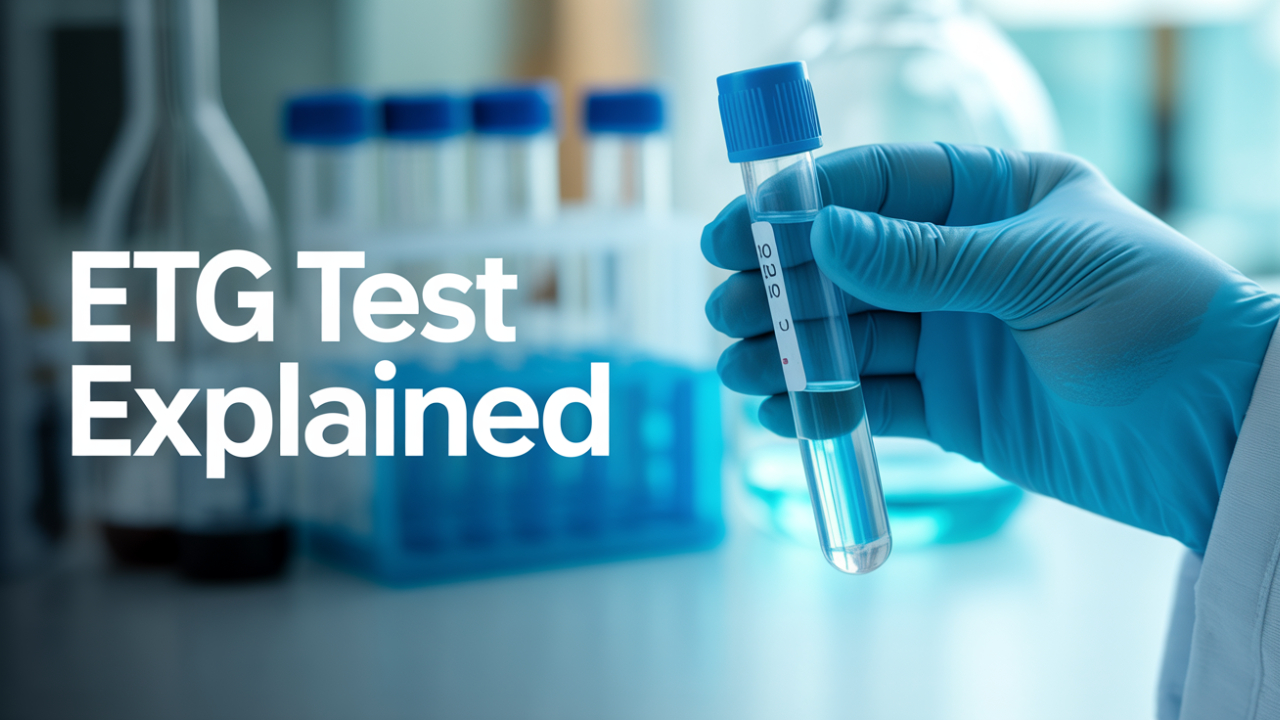
How the EtG Urine Test Works
Biochemical Formation of EtG
EtG is produced in the liver when ethanol binds with glucuronic acid via a process known as glucuronidation. This conjugation allows the body to eliminate the substance through urine. Because ethyl glucuronide is not formed naturally without alcohol ingestion, its presence in the urine is a definitive marker of alcohol exposure—critical for drug test applications across various health-related fields.
Testing Methods: Immunoassay vs. LC‑MS/MS
There are two primary methods for EtG testing:
Immunoassay Screening: A cost-effective and rapid method, though it may suffer from cross-reactivity with other substances.
Liquid Chromatography–Tandem Mass Spectrometry (LC-MS/MS): Considered the gold standard due to its high specificity and sensitivity, reducing the chance of false positives.
Why EtG and EtS Testing Is Superior for Alcohol Detection
Testing for alcohol biomarkers in urine has evolved significantly with the use of ethyl glucuronide (EtG) and ethyl sulfate (EtS). These two metabolites are direct indicators of ethanol consumption and remain detectable in the body long after alcohol has been eliminated. Because EtG and EtS form only when alcohol is metabolized, their presence in urine provides strong, objective evidence of recent drinking, making them highly reliable tools for clinical monitoring, workplace testing, and recovery programs.
Detection Windows
Sensitivity to Light, Moderate, and Heavy Drinking
EtG urine tests are extremely sensitive and can detect:
Light drinking: Up to 24–48 hours
Moderate drinking: 48–72 hours
Heavy drinking: Up to 80 hours or more
The exact detection period depends on factors like hydration, nutrition, body weight, liver function, and overall health.
Typical Detection Timeframes (48–80 Hours)
While detection can vary, most EtG tests reliably identify alcohol intake within the past 48–80 hours. In extreme cases of chronic or binge drinking, detection may extend to 5 days or longer. This prolonged window has been critical in research assessing alcohol relapse rates and treatment outcomes.
Cutoff Levels & Interpretation
Common Cutoffs: 100 ng/mL vs. 500 ng/mL
Cutoff levels are thresholds that determine whether a test result is reported as positive or negative:
100 ng/mL: More sensitive, capable of detecting even minimal alcohol exposure.
500 ng/mL: Less sensitive, used to avoid false positives from incidental exposure (e.g., hand sanitizer or mouthwash).
What Each Range Indicates (Low/High‑Positive Results)
Low Positive (100–500 ng/mL): May suggest light drinking or incidental exposure.
High Positive (500+ ng/mL): Strong indication of recent alcohol consumption, unlikely to be due to environmental sources.
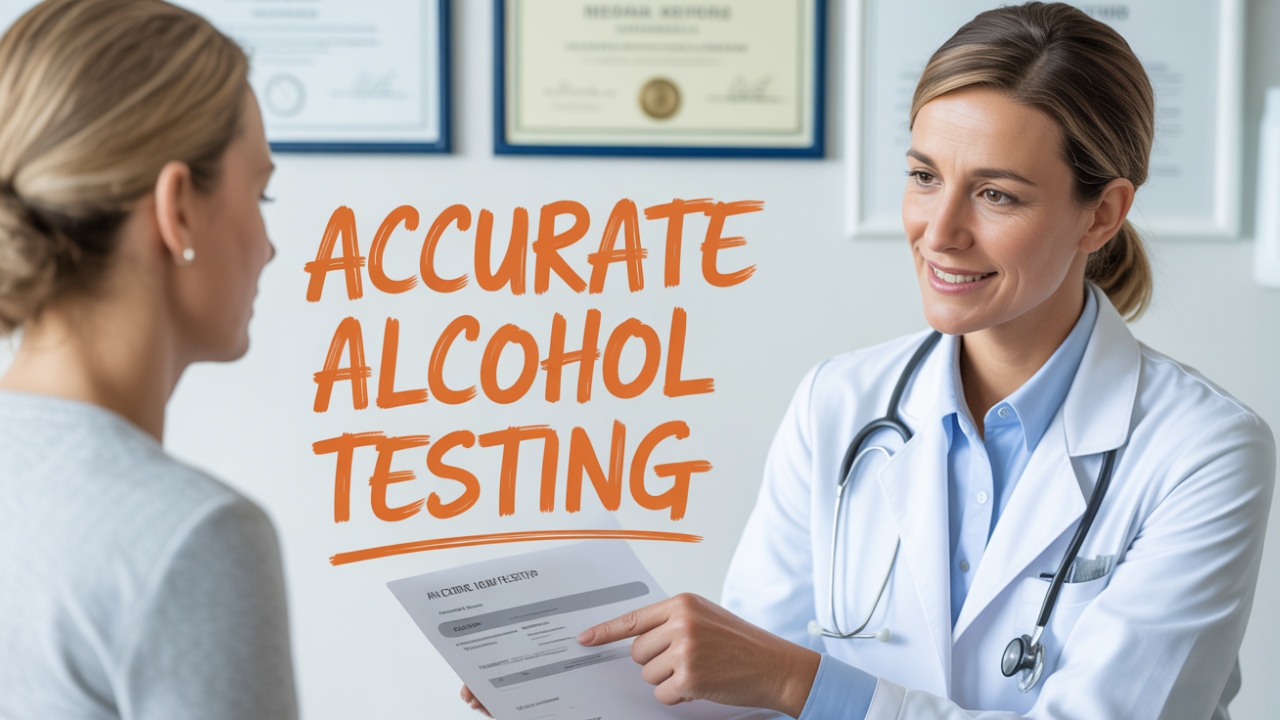
Accuracy, Sensitivity & Specificity
Reliability in Heavy Use Detection
EtG testing is particularly effective at detecting heavy and recent alcohol use. Its high sensitivity makes it a preferred method for post-treatment monitoring and probation compliance, especially for individuals with co-occurring substance use and disease or mental health disorders.
Issues with False Positives (Environmental Alcohol Exposure)
Products like mouthwash, sanitizers, and even certain foods can result in low-level EtG detection. This has raised concerns about false positives, particularly at low cutoff thresholds.
EtS Confirmation to Avoid False Positives
To improve accuracy, some labs test for ethyl sulfate (EtS)—another ethanol metabolite. Ethyl sulfate is less prone to environmental contamination, and testing both EtG and EtS significantly reduces false positives. This two-step approach is especially important in health and legal settings where drug test results must be reliable.
Applications & Testing Contexts
Use in Clinical, Forensic, Workplace, and Rehab Settings
The EtG urine test is widely used in:
Clinical environments to monitor patient sobriety
Workplace settings to ensure compliance with alcohol-free policies
Rehabilitation centers to verify abstinence
Court and probation programs to enforce legal mandates
Public health and research initiatives that track population trends and disease-related behavior patterns
Rules & Recommendations (e.g., SAMHSA Warnings)
The Substance Abuse and Mental Health Services Administration (SAMHSA) warns against using EtG tests as the sole evidence for punitive action due to the risk of environmental exposure. Instead, it should be part of a broader assessment strategy that also evaluates mental health, disease history, and behavior.
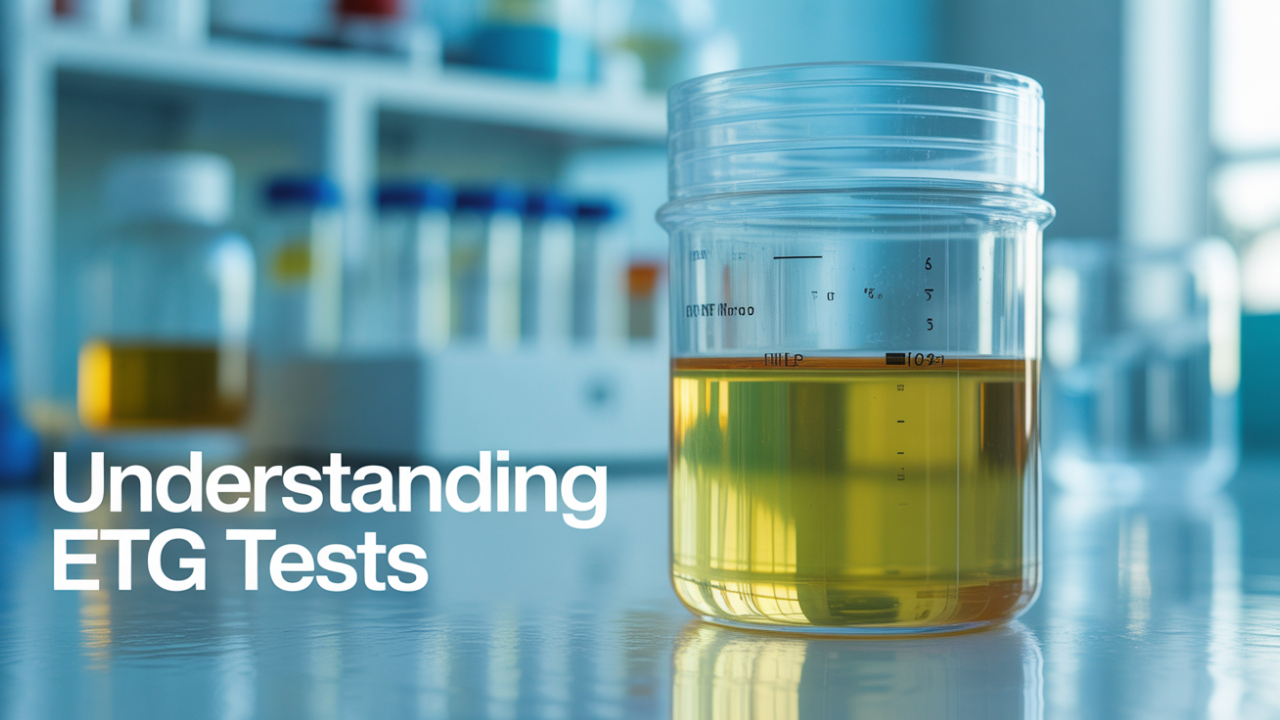
Test Limitations & Considerations
Privacy & Chain‑of‑Custody Requirements
To preserve the integrity of the results, proper chain-of-custody protocols are crucial, especially in legal or employment-related testing. Privacy regulations also guide how results may be shared or acted upon in both clinical and workplace settings.
Dilution & Tampering Concerns
Diluting urine by excessive water intake or using adulterants can reduce EtG concentrations. However, most modern tests include validity checks for creatinine and specific gravity to detect tampering.
Interpreting Quantitative vs. Qualitative Results
Quantitative results provide exact EtG levels in ng/mL, helping assess drinking patterns and guiding further health or mental health interventions.
Qualitative results simply indicate a positive or negative status based on cutoff thresholds.
Comparison with Other Alcohol Biomarkers
EtG vs. Ethanol Urine Test
Traditional ethanol urine tests only detect alcohol for 6–12 hours. In contrast, ethyl glucuronide remains detectable for 2–5 days, offering a significantly longer monitoring window—making it more useful in drug test panels concerned with compliance and long-term behavior.
EtG vs. EtS, PEth, and Breath/Blood Tests
EtS (ethyl sulfate): Similar to EtG but more specific, often used in tandem to improve accuracy.
Phosphatidylethanol (PEth): A blood biomarker that detects chronic alcohol use over 2–3 weeks, often used in research and long-term health assessments.
Breath/Blood Tests: Provide real-time intoxication levels but have short detection windows.
The Role of EtG and EtS in Modern Health Monitoring
Recent research into alcohol biomarkers has highlighted the growing importance of both ethyl glucuronide and ethyl sulfate in monitoring alcohol use over extended periods. These compounds, detected primarily through urine testing, provide a more reliable window into recent drinking behaviors compared to traditional methods. Their combined use increases accuracy and reduces false positives, making them valuable tools in clinical assessments, substance use treatment, and public health monitoring initiatives.
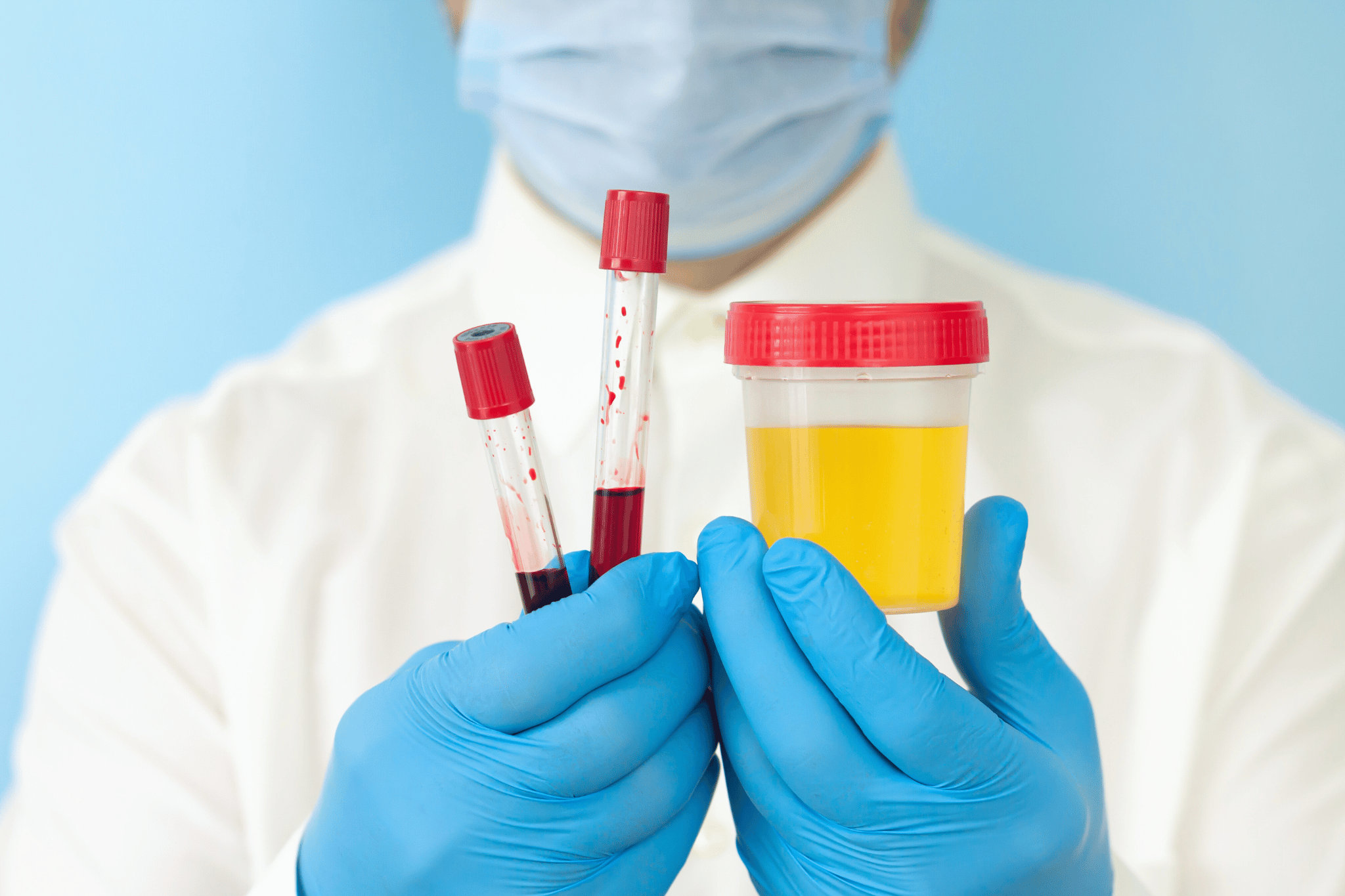
Conclusion & Practical Tips
Best Practices for Accurate Testing
Avoid alcohol-containing products 24–48 hours before testing.
Stay hydrated, but don’t overconsume water prior to testing.
Maintain consistent nutrition and disclose any medications or exposures to your test administrator.
Future Directions & Emerging Biomarkers
Ongoing research is exploring more advanced alcohol biomarkers like PEth and FAEE (Fatty Acid Ethyl Esters) for broader detection windows and increased accuracy. These innovations promise even greater reliability for health monitoring, forensic investigations, and drug test programs.
In the meantime, the ethyl glucuronide urine test remains one of the most effective tools available for detecting recent alcohol use—especially when used alongside other biomarkers and in the context of broader health and mental health evaluations.
FAQs About The Ethyl Glucuronide Urine Test
1. Can diet or nutrition affect the outcome of an EtG urine test?
Yes, your nutrition can influence urine composition, including hydration levels and creatinine concentration, which are factors labs check to validate samples. However, nutrition does not directly produce ethyl glucuronide or ethyl sulfate—these metabolites only form when alcohol is consumed. Still, poor hydration or extreme diets could potentially affect drug test reliability by diluting the sample or altering its chemical balance.
2. How is ethyl glucuronide detected in urine?
Ethyl glucuronide (EtG) is a byproduct of alcohol metabolism and is excreted through the urine. It is detected using immunoassay or LC-MS/MS methods during a drug test. The presence of EtG indicates recent alcohol consumption, making it a useful marker for programs that require abstinence verification, such as court monitoring or addiction treatment.
3. What’s the difference between ethyl glucuronide and ethyl sulfate?
Both ethyl glucuronide (EtG) and ethyl sulfate (EtS) are direct biomarkers of alcohol use, but they are different metabolites. EtG forms when ethanol combines with glucuronic acid, while EtS results from a reaction with sulfate. Testing both substances improves accuracy, as EtS is less likely to yield false positives from incidental alcohol exposure (like hand sanitizer), making them complementary markers in urine-based drug test panels.
4. Can over-the-counter medications trigger a false positive?
While most over-the-counter drugs won’t create ethyl glucuronide or ethyl sulfate, some products containing alcohol (like liquid cold medicines or certain herbal tinctures) might trigger a low-level positive. To reduce this risk, individuals subject to testing should avoid alcohol-containing products and inform the test administrator of any medications or supplements—especially when being tested for legal, medical, or employment-related drug test purposes.

